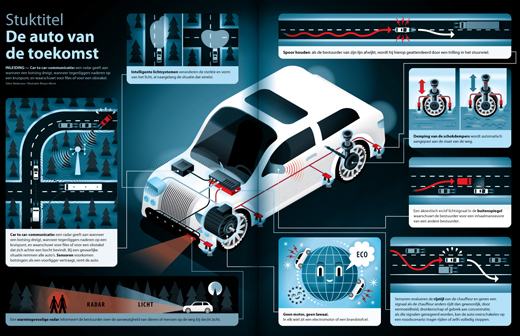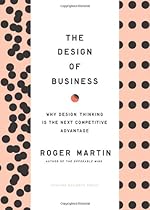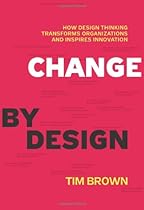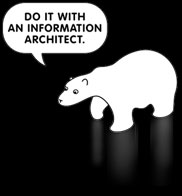
Ich habe heute Morgen auf dem Weg zur Arbeit endlich Zeit gefunden mal in den neuen, deutschsprachigen, UX Podcast namens UX Café reinzuhören.
In Folge Nummer eins stellt Johannes die Frage: Welche soziale, moralische Verantwortung hat der Konzepter? Zu den weiteren Fragen über die wir diskutieren gehören: Wo fängt die eigene Verantwortung an? Wollen, müssen und können wir überhaupt Verantwortung übernehmen? Welchen Einfluss haben Konzepter? Und: Welche Verantwortung gibt es im Team?
Das UX Café wird veröffentlicht (oder betrieben?) von Holger Eggert, Johannes Stock, Stefan Freimark und Tom Allison.
Im ersten Podcast geht es um das Thema moralische Verantwortung (des IAs) - sicherlich nicht gerade meine Stärke (hey, I make money, not art).
Der Podcast ist aber richtig gut und macht Spaß zuzuhören. Die vier Moderatoren sind so unterschiedlich, so dass man auf spannende Diskussionen hoffen darf - und die Stimmen lassen sich auch gut auseinander halten.
Dafür, dass der Podcast noch in Beta ist, ist er schon ziemlich gut. Hört mal rein, lohnt sich.















